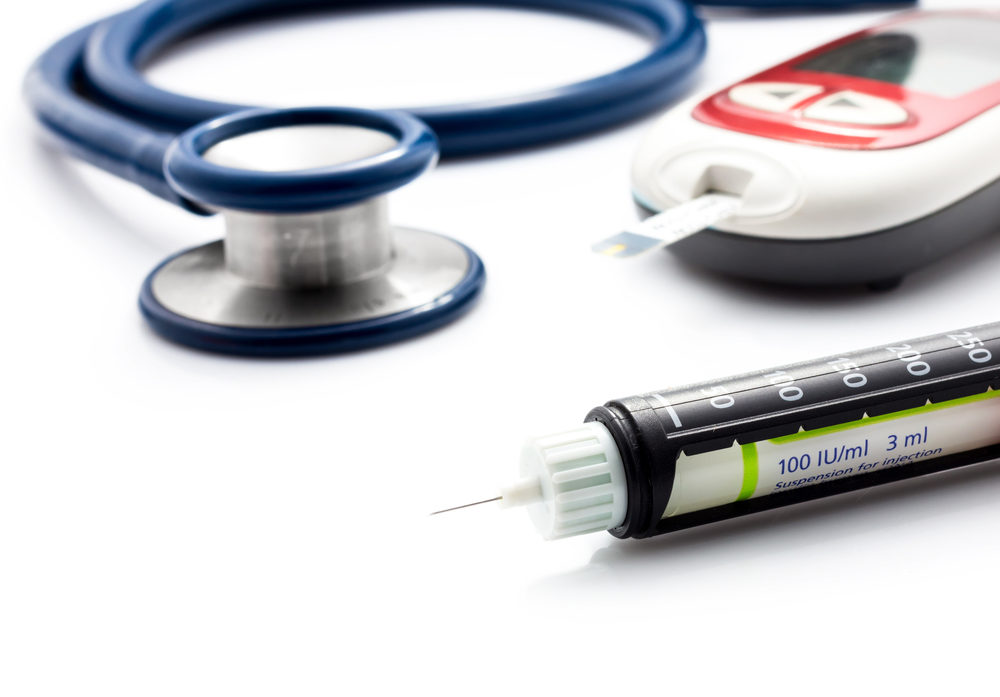Medical Devices Approved in EU First More Likely To Be Recalled In U.S.: Study

New research suggests that if a medical device hits the market in Europe before it is approved by U.S. regulators, it may undergo less rigorous screening before it is allowed to be used on Americans, and may be more likely to turn out to carry dangerous risks.
In a study published this week in the medical journal The BMJ, researchers from Harvard and King’s College London found that medical devices were twice as likely to be the subject of a recall if they were approved in the European Union before being approved in the United States.
Researchers looked at the difference between how high profile medical devices first approved in the EU performed in the U.S., comparing the devices to those that were approved in the U.S. first.

Did You Know?
Millions of Philips CPAP Machines Recalled
Philips DreamStation, CPAP and BiPAP machines sold in recent years may pose a risk of cancer, lung damage and other injuries.
Learn MoreRegulators in the United States have a much more rigorous approval process and a very different bar for allowing medical devices onto the market, but approval of a product in the E.U. appears to make it easier for manufacturers to obtain approval in America in many cases.
“In the EU, devices can be marketed if they perform ‘as intended’ and are likely to be safe; clinical testing may be required for some high risk devices,” the researchers said. “By contrast, in the US, high risk devices must demonstrate reasonable assurance of safety and effectiveness before they can be used by patients, generally through the conduct of prospective clinical trials.”
Because of the more lax approval requirements in the EU, many devices are approved there more rapidly, and that approval gives weight to their validity when seeking approval in the U.S. The researchers note that, for example, the first transcatheter aortic valve replacement was approved in the EU in 2007, but not in the US until 2011, the same year that the device’s actual effectiveness was shown in a clinical trial.
For the study, the researchers looked at public and commercial databases regarding devices approved in the U.S. and Europe. They found that, from high risk devices approved between 2005 and 2010, 63% of medical devices approved in both the U.S. and Europe were approved in the EU first.
Of the high risk devices approved first in the EU, 27% were eventually the subject of recalls and safety alerts. That compares to only 14% of the devices approved first in the U.S. When they adjusted for a number of different factors, they found that the risk of a safety alert or recall actually tripled if the device was first approved in Europe.
For devices categorized as “major innovations” only 49% had pivotal clinical trials that were made public eventually. When the time frame for publishing was restricted to within five years after the device was placed on the market, that number dropped to 37%.
“Patients and clinicians need access to, and balanced presentation of, the available evidence of the safety and effectiveness of novel devices, as well as clear communication about the evidentiary gaps,” the researchers concluded. “Our findings suggest that products introduced earlier in their development cycle are also more likely to increase the risk of harms, underscoring the urgent need for transparency to make truly informed decisions.”
U.S. Medical Device Approval Concerns
While the study appears to indicate that the U.S. standards of approval are far more rigorous and demanding, the findings come amid concerns over how the U.S. approves devices as well, and the information it provides to the public on those devices.
A study published in late May by British researchers found that 43% of medical devices approved by the FDA between 2000 and 2004 were cleared for use before clinical trials were published.
Although many of the clinical trials required by federal regulators are never completed, or not even started, the FDA often approves the products and allows them to stay on the market anyway. Therefore, many consumers receiving recently approved treatments become essential test subjects without ever being told or consenting, since they are serving as guinea pigs for products that were never properly tested before approval.
In August 2015, a study published in the Journal of the American Medical Association (JAMA) looked at data on high-risk therapeutic devices that received premarket approval by the FDA in 2010 and 2011, determining whether manufacturers had completed required post-approval studies (PAS), which are conducted after the device is already made available to healthcare professionals and consumers.
The findings indicate that only six of 33 PAS studies required by the FDA were actually completed, and only 20 of 171 manufacturer/investigator-initiated post-market studies were reported as complete.
Those findings came about two months after an analysis published in BMJ found numerous discrepancies in data submitted to the FDA by medical device manufacturers seeking premarket approval for cardiovascular devices. Those discrepancies often included the number of participants varying in the actual study from the number reported to the FDA, substantially different results from similar FDA studies, and many of which were never peer-reviewed.
At about the same time as the 2015 BMJ report, the FDA released a report on it’s role in medical device safety. The agency says it has made significant strides in ensuring medical devices are safe and effective, including how it reviews and requires clinical trials.
Get more articles like this sent directly to your inbox.
"*" indicates required fields





0 Comments